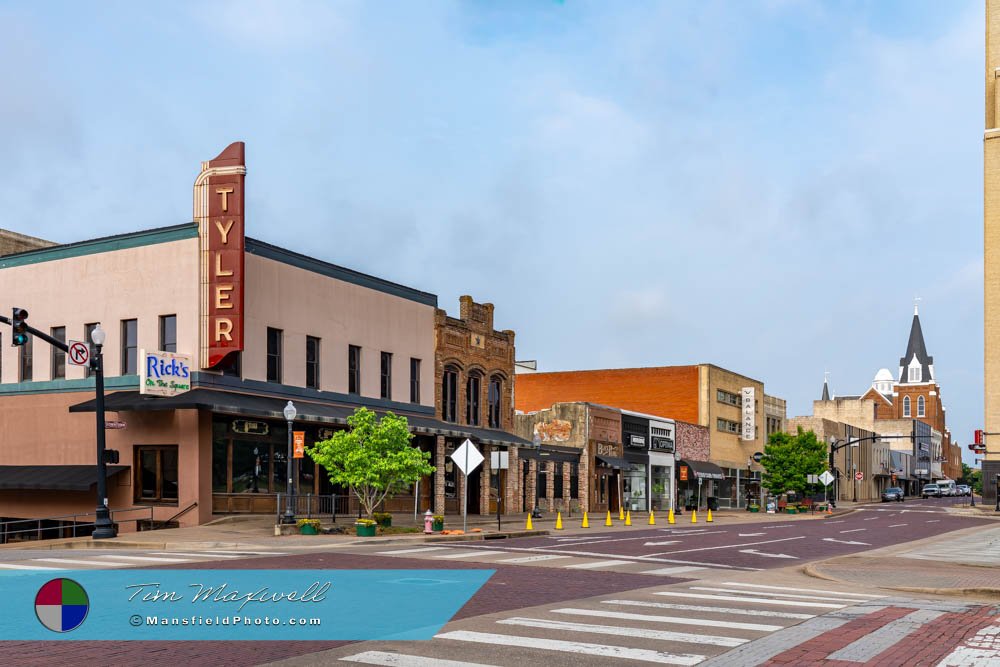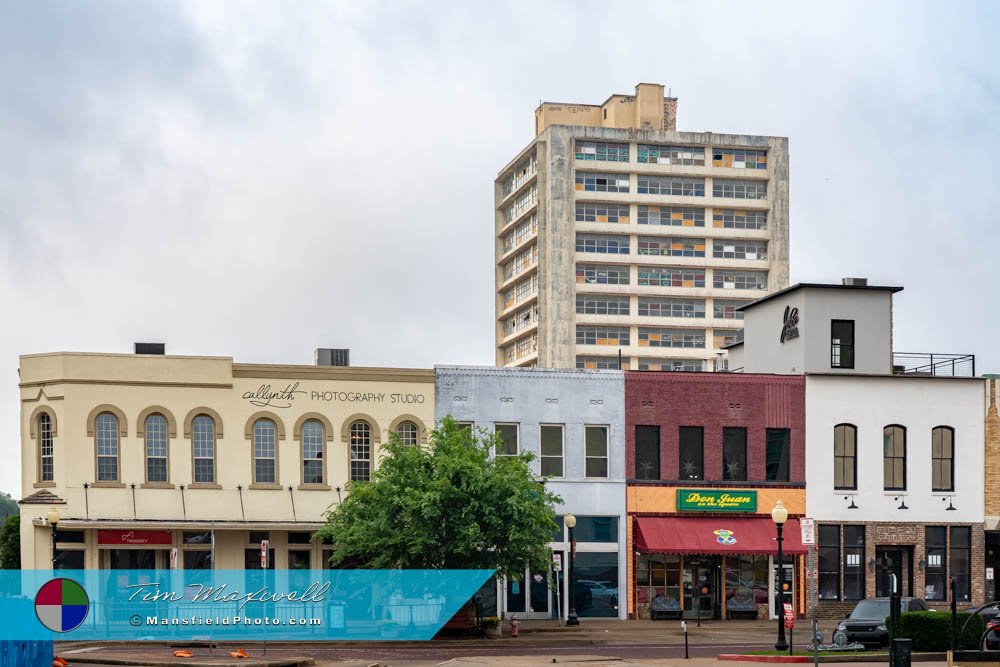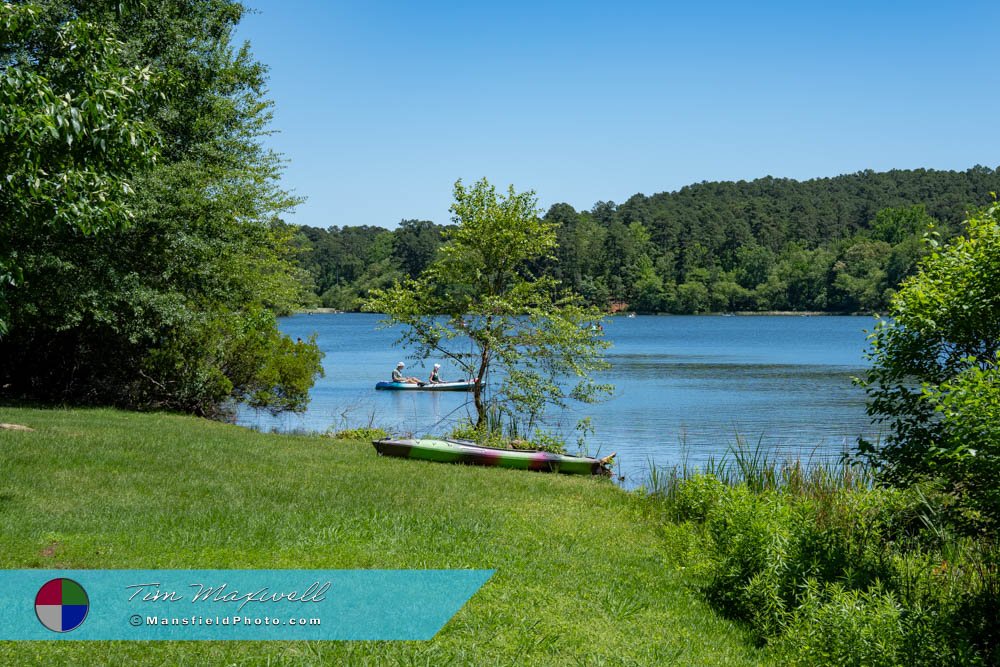Tyler, Texas
– Where Roses Bloom and History Lingers. 📖
In the piney woods of East Texas, the town of Tyler manages to balance historic charm with modern vitality. With a population exceeding 100,000, it no longer fits the label of a “small town,” but walking through its downtown streets still feels like stepping into a much earlier era. Historic brick buildings line the main thoroughfares, and while traffic signals and smartphones mark the times, the city holds onto its architectural past with visible pride.
How the City Got Its Name and When It All Began
This community was officially established in 1846, shortly after Texas became a state. It was named after President John Tyler, whose efforts helped bring Texas into the Union. Though often overlooked in the broader scope of American history, President Tyler’s role in Texas statehood left a permanent mark on the map, and this city continues to bear his name almost two centuries later.
The decision to place the town in its specific location came down to one word: central. It was chosen as the seat of Smith County for its relatively central position within the county’s boundaries. As it turned out, this centrality would serve it well. The development of railroads and roads eventually made it an important hub for transportation, agriculture, and trade in East Texas.
An Economy That Blossomed—Literally
The area’s fertile soil helped establish it early on as an agricultural center, particularly for cotton.
But things took a colorful turn in the early 1900s when rose cultivation became a leading industry. By mid-century, the city had earned an identity closely tied to the rose industry, even establishing the annual Texas Rose Festival in 1933. The combination of ideal climate and enterprising growers transformed fields into floral spectacles, drawing visitors from across the region.
The Rose Festival still draws a crowd, with elaborate gowns, parades, and a nod to bygone elegance. For those who enjoy botany or beauty (or both), the Municipal Rose Garden is worth visiting. It covers over 14 acres and is home to more than 35,000 rose bushes. And yes, it smells just as incredible as it sounds.
The Downtown That Time Remembered
While development expanded outward, the heart of the city remained loyal to its architectural origins. Downtown is home to a variety of structures that date back to when this was still considered a modest town in East Texas. Walking these streets today, one is struck by the preserved beauty of buildings that once housed banks, shops, and theaters during the early 20th century.
One such standout is the Goodman-LeGrand House and Museum. Built in 1859 and remodeled in the 1880s, this beautiful old home is an impressive Italianate mansion that now operates as a museum. Furnished with period antiques and surrounded by manicured gardens, it offers a glimpse into the lives of early East Texas elites. It’s more than just a photo opportunity; it’s a tactile journey through time.
Just a short walk away is the old train depot, perfectly maintained and now serving as the Cotton Belt Depot Museum. While the locomotives have long since stopped, you can still hear the echoes of the past in the preserved ticket booth, restored telegraph equipment, and railroad artifacts that once defined East Texas transportation. The building itself—brick, detailed, and dignified—is a museum piece all on its own.
Murals, Science, and Music: Present-Day Highlights
While history has been carefully preserved, there’s also plenty happening in the present. One of the most delightful surprises during our exploration came in the form of Art Alley. Tucked away behind buildings and almost hidden from plain view, this corridor features no fewer than 37 unique murals. Had we not been out on foot, taking our time to explore—as we so often recommend when visiting Texas towns—we would have completely missed it. Instead, we captured every single one. The diversity in style, subject, and creativity was astounding. Art Alley doesn’t announce itself with signs or lights, which somehow makes it even more rewarding when discovered.
For families and curious minds, Discovery Science Place is another destination worth visiting. This hands-on science museum is aimed primarily at children, but adults will find plenty to appreciate, too. Interactive exhibits, rotating displays, and creative educational programs make this spot a source of both fun and knowledge. It’s a local treasure that has helped generations of young Texans cultivate an early love for science and exploration.
Then there’s the old Liberty Theatre, a building that once showed silent films and later talkies. Today, it’s been reborn as the home of the East Texas Symphony Orchestra. The acoustics, preserved interior, and intimate setting make for an unforgettable musical experience. Hearing a symphony in a venue that once echoed with the clatter of film reels only adds to the depth of atmosphere.
Our Favorite Nearby State Park (and Maybe Yours Too)
When the concrete and brick of downtown give way to forest and water, you’ll find a Texas State Park that is one of our personal favorites. With its spring-fed lake, Tyler State Park offers the perfect escape into the East Texas wilderness. Whether you enjoy hiking through tall pines, paddling across serene waters, or simply watching the light dance on the surface of the lake, this park is a must-visit. We wrote a full article about it, which you can find here: Tyler State Park: Like a Garden Eastward in Eden.
The park feels timeless, and it’s hard to believe you’re only a short drive from the city’s urban center. It’s this ability to balance both natural and built environments that makes this region special.
Interesting Bits You Might Not Know
The city’s connection to roses is so strong that it’s home to the largest rose garden in the nation.
It was once a major hub for the production and distribution of peaches—before the roses took over.
It played a role during World War II, serving as the site of Camp Fannin, a U.S. Army Infantry Replacement Training Center that trained over 200,000 soldiers.
A surprising number of well-known musicians, actors, and athletes hail from this area, giving the city more pop culture ties than you might expect from an East Texas location.
📍 Interested in exploring more of Texas’ natural beauty?
Check out our articles on Texas State Parks — every time we visit, we share captivating stories and stunning highlights from these incredible places!
Why This City Continues to Matter
This is a place that has grown without losing its sense of place. It may no longer qualify as a small town based on population, but in attitude, architecture, and atmosphere, it still clings proudly to those early roots. Whether you’re interested in history, art, science, nature, or simply a walk through streets where time seems to slow down, it offers a multi-layered experience.
Every mural, historic structure, and tree-lined street adds something to the story. And for those who are willing to park the car and go exploring on foot, there are even more surprises to uncover. If you find yourself heading eastward in Texas, make some time for Tyler where history, creativity, and community all meet under tall pines and bright skies. You might come for the roses, but you’ll leave with far more than flowers in mind.
📸 Interested in More Photos of This Town?










